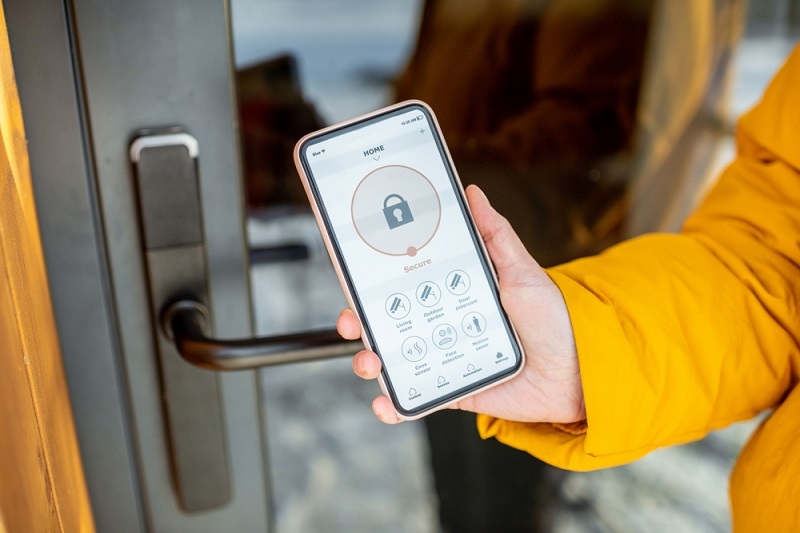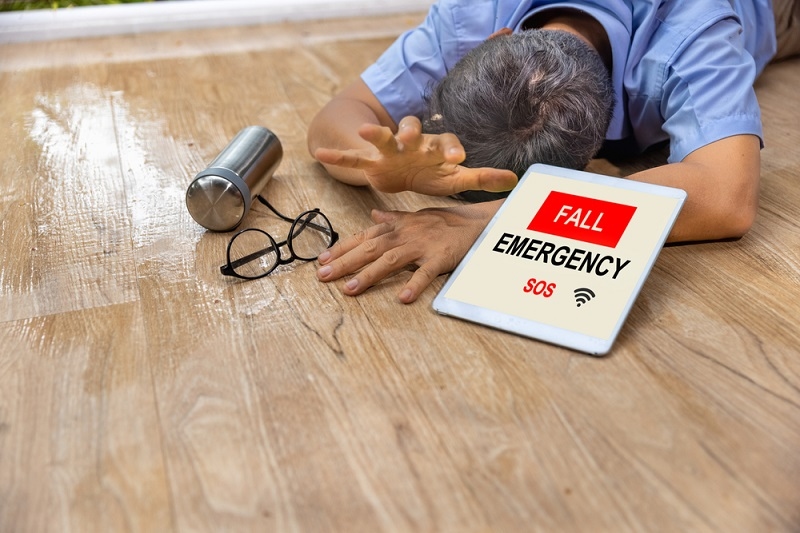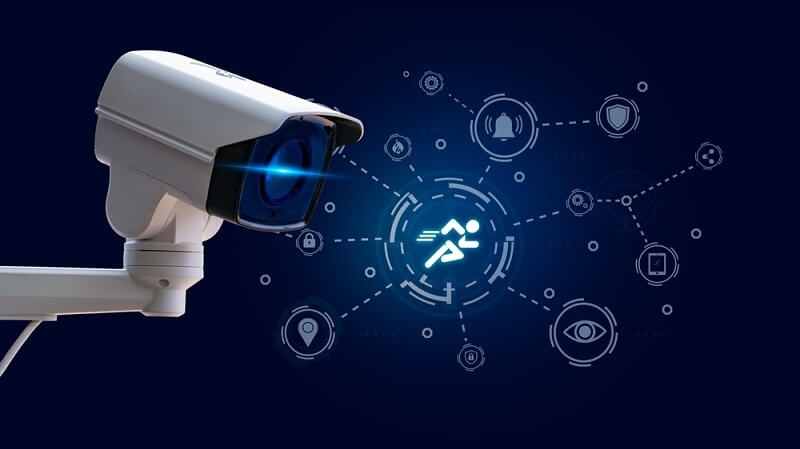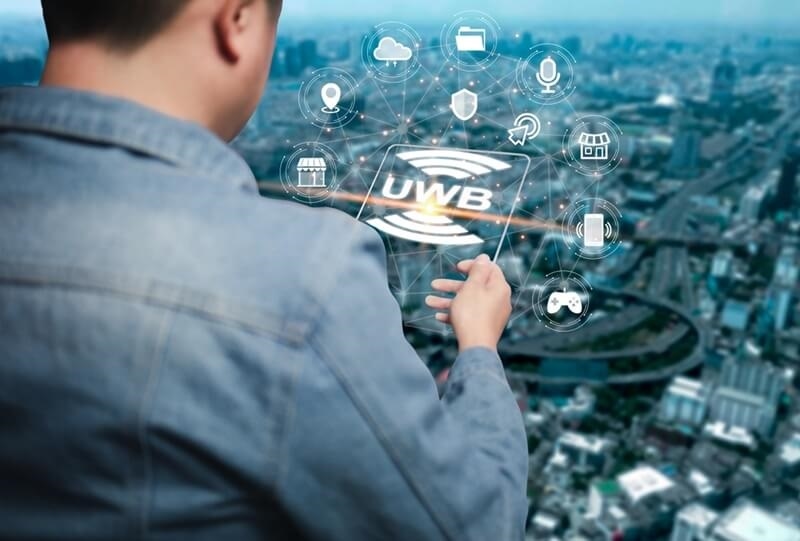What Is Fall Detection: A Complete Guide for Seniors
If you've ever worried about an older family member living alone or thought about your own safety as we get older, you've probably heard of fall detection. But what is it, really? Let's break it down.At its core, what is fall detection? It's a technology that notices when someone has fallen and alerts a caregiver, family member, or monitoring service. If a fall happens, help comes fast-even if the person can't reach a phone or press a button. For seniors or people with medical conditions, this can be life-saving.The tool that makes this possible is a fall detection device. It's usually something you wear-like a pendant, bracelet, or smartwatch-or sometimes part of a home-based system. Its job is simple: detect falls automatically and make sure help is on the way.Why Fall Detection MattersWhy is fall detection so important? Look at the numbers: one in four Americans over 65 falls each year. The real danger is in the time one lies on the floor. A delay in help can bring severe complications. Fall detection devices can bring that extra ounce of security to your life. Even if some feels unconscious after falling on the floor while they are all alone, the alert prompts help to arrive sooner. Must Read: Why Every Home Needs an Intruder Alarm System for SafetyHow Does Fall Detection Work?There's a big question, "how does fall detection work?" Most devices use sensors like accelerometers and gyroscopes to identify sudden changes in movement and orientation.Let me provide a basic explanation: Falling means that your body is moving differently than normal---you go down quickly, sometimes rotate, then remain still. The device senses that motion and checks whether you are inactive afterward, then decides whether to set off an alert.Advanced devices may use extra sensors or algorithms to reduce false alarms. Once a fall is detected, the device can call a monitoring center, alert a family member, or dial 911. Some even use GPS so help can find you anywhere.Can Fall Detection Detect Slow Falls?People often ask: "can fall detection detect slow falls?" Slow or low-impact falls, like sliding off a chair, are harder for most devices to catch. They may not generate enough sudden motion to trigger the sensors. While most devices can recognize the movements and characteristics of a fast, abrupt fall, slow falls remain problematic. Some of the latest equipment considers radio-frequency sensing or machine learning for detection, but it is that a fall detection device currently best serves as a safety net for sudden falls. What Is a Fall Detection Device?Fall detection devices could include gadgets, whether worn on the body or installed in the home. Common types are:Pendant or necklace: Classic, simple, rarely associated with a home alert system.Wrist device: A bracelet or a smartwatch, mobile-friendly, and sometimes with health tracking.Clip-on or belt device: Less frequent but may be practically useful in some cases.Ambient sensors: Motion or radar sensors in a room, mostly under research.Battery life, comfort, ease of operation, and whether or not they can alert someone outside the home should be among the factors to consider when buying a fall detection device. The best devices minimize false alarms while catching real falls.Also check: Why People Prefer Smart Motion Detector Cameras?Best Fall Detection System for SeniorsWhat is the best fall detection system for seniors? It would all come down to life needs and lifestyle. Here are the top choices:Apple Watch: Good for automatic fall detection, calling of emergency contacts, and active seniors.Medical Guardian: Mini Guardian: Pendant system with a strong range and customizable alerts.Lifeline HomeSafe / AutoAlert: Home-based system with professional monitoring.LifeFone: Cheaper, simpler, and more basic at fall detection.Kanega Watch: A senior-focused smartwatch for fall detection and other safety features.When choosing, consider home vs. mobile use, tech comfort, and how often the user is out and about.How Much Does a Fall Detection System Cost?"How much does a fall detection system cost?" depends on device, plan, and features:Monthly monitoring fees: Usually $18-$70.Device and plan: $100 to $200, sometimes included with the plan.Extras: Additional GPS or premium monitoring costs between $5 and $15 per month.Some companies lease the device instead of selling it, lowering upfront cost but keeping monthly fees higher. Balance cost with features and peace of mind.Limitations to KnowA fall detection device isn't perfect.Accuracy: Some false alarms happen if you drop the device or move abruptly. Slow or low-impact falls may not trigger it.Battery and wear: If it isn't worn or charged, it doesn't work. Comfort matters.Environment: Poor GPS coverage, home layout, or vibrations can affect performance.Cost: Monthly fees add up; check what's included.Even with these limits, it's far better than nothing. For seniors, a fall detection device adds a vital layer of safety.Tips for Using Fall Detection EffectivelyWear it correctly: Follow instructions. A pendant tucked under clothing or a loose bracelet won't detect falls reliably.Test it regularly: Make sure alerts work.Pair with prevention: Remove tripping hazards, add grab bars, improve lighting, do balance exercises.Have a backup: Manual buttons or phone contacts catch slow falls.Check your plan: Know how alerts are handled.More to Explore: What is Home Appliance Insurance & Why You Need it?Bottom LineSo, what is fall detection? It's technology that senses a fall and alerts help automatically. A fall detection device makes this possible. The best fall detection system for seniors matches the person's lifestyle and needs.How does fall detection work? Sensors detect sudden motion, orientation changes, and inactivity, then trigger alerts. Can fall detection detect slow falls? Not always; they're harder to catch. How much does a fall detection system cost? Monthly fees are usually $18-$70, plus device costs.A fall detection device isn't perfect, but it adds peace of mind and quick help when it matters most.





